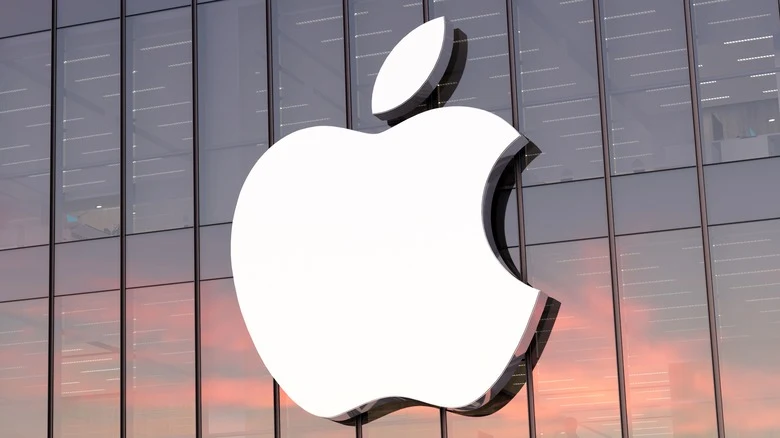Cisco Systems experienced a more than 3% decline in its stock value on Thursday following the company’s decision to revise down its annual revenue forecast and initiate job cuts in response to sluggish demand from telecommunications and cable service providers.
CEO Charles Robbins attributed the downturn to a weak macro environment, noting a heightened level of caution and scrutiny in deal-making processes. Analyst James Fish of Piper Sandler remarked on Cisco’s challenging position, stating, “Things have gone from bad to worse, with Cisco drastically cutting FY24 expectations a 4th time.”
In an effort to adapt to market conditions, Cisco announced plans to reduce its workforce by more than 4,000 employees. The company also adjusted its annual revenue forecast to a range of $51.5 billion to $52.5 billion, down from the previous projection of $53.8 billion to $55 billion.
The market reaction indicated potential significant losses for Cisco, with the company’s share price of $48.75 suggesting a potential decline in market value exceeding $6 billion.
To address tepid demand for its networking gear, Cisco has been transitioning towards artificial intelligence (AI) and cybersecurity solutions. CEO Robbins revealed a collaboration with AI chip leader Nvidia, wherein Nvidia will utilize Cisco’s ethernet technology in data centers and AI applications.
Analyst George Notter of Jefferies highlighted Cisco’s progress in AI-related projects, noting a significant increase in the product pipeline associated with AI, which rose to nearly $3 billion compared to $1 billion in the previous quarter. Notter emphasized that while this traction is positive for Cisco, it remains relatively small compared to the company’s overall operations.
In addition to strategic shifts towards AI and cybersecurity, Cisco provided updates on its $28 billion acquisition of cybersecurity firm Splunk, indicating an earlier-than-expected closing timeframe in the first or early second quarter, compared to the previously estimated third quarter.







